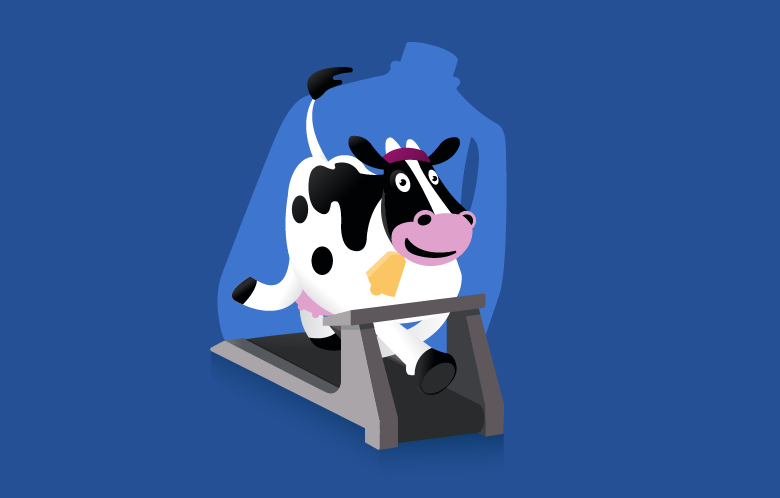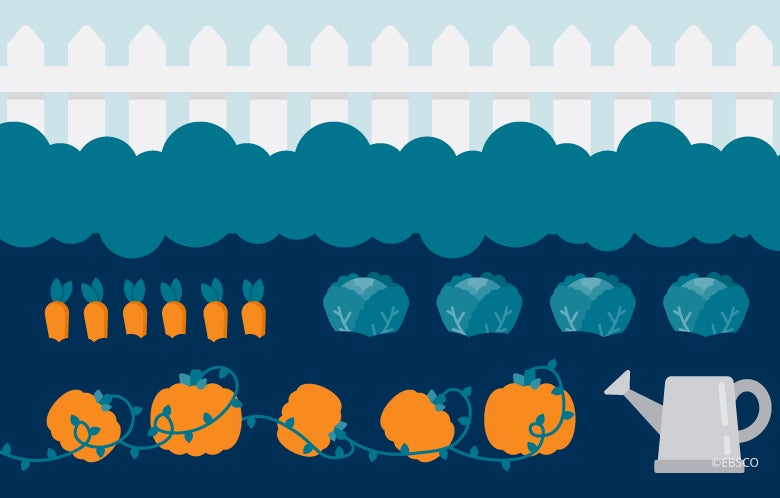Somebody recently submitted the question “Is milk healthy?” to Ask an Expert, a service designed to support research skills and questions provided by IFIS, a not-for-profit organization committed to helping the global food community find and explore trustworthy information related to the sciences of food and health. This post takes the opportunity to think about how to find a smart, scientifically based answer to a question like this.
The question: Is milk healthy?
1. Will this question be answerable?
“Is milk healthy?” is a broad question. That breadth makes it hard to find a definite answer. Healthy for who? Kids? Post-menopausal women? Lactose intolerant people? How much milk are we talking about? A little or a lot? And what kind? Skim? Full fat? Organic? By breaking down the question, we are starting to think about the variable controls that might be put on the experiments that could answer it.
2. What evidence might answer the question?
If we google “is milk healthy” we’ll get answers, but are the answers on websites accurate? What’s their evidence? A better approach for finding an answer is to look for scientific literature investigating our question. But with such a broad question, the scientific literature is going to be overwhelming. How will we know which study to choose?
A solution to this problem can be to search specifically for systematic reviews. Systematic reviews are scientific studies that locate all the published research that has been undertaken on a particular question, as well as, sometimes, research that has been conducted but not published. The systematic review authors synthesize the data from the individual studies to see what overall conclusion can be drawn about their question. In a way, it’s as though they are pulling all the little—and sometimes not so little—studies together into a giant study for us.
3. How and where should you search for the evidence?
Where you search will depend on what resources you have available to you—you’ll have more options if you are affiliated with a university than if you are not. Regardless, you’ll want to use a reputable subject appropriate database that indexes research articles. Why? A database like FSTA ensures that a first level of quality screening has been done for you—the articles you’ll find should be from legitimate, peer reviewed journals, having gone through the review steps required for publication.
A quick, but not comprehensive, way to search for systematic reviews is to type the topic you are interested in (in this case milk and health) and then the phrase “systematic review.”
When we search for these systematic reviews, most, as expected, concentrate on specific health issues like milk and heart conditions, or milk and different cancers, or milk and bone health.
But in this case, there is also a recent umbrella review of systematic reviews looking at milk and a whole series of medical conditions. An umbrella review pulls many different reviews together into a single review, though it doesn’t synthesize the evidence in the way a systematic review does. In this umbrella review, the researchers pulled together systematic reviews each looking at milk and a separate health problem to try to answer the broad question “is milk healthy?”
A database like FSTA ensures that a first level of quality screening has been done for you—the articles you’ll find should be from legitimate, peer reviewed journals, having gone through the review steps required for publication.
A database like FSTA ensures that a first level of quality screening has been done for you—the articles you’ll find should be from legitimate, peer reviewed journals, having gone through the review steps required for publication.
The authors of Milk consumption and multiple health outcomes: umbrella review of systematic reviews and meta-analyses in humans found that, “Milk consumption was more often related to benefits than harm to a sequence of health-related outcomes. Dose–response analyses indicated that an increment of 200 ml (approximately one cup) milk intake per day was associated with a lower risk of cardiovascular disease, stroke, hypertension, colorectal cancer, metabolic syndrome, obesity and osteoporosis. Beneficial associations were also found for type 2 diabetes mellitus and Alzheimer’s disease.”
But at the same time, the authors noted that “milk intake might be associated with higher risk of prostate cancer, Parkinson’s disease, acne and Fe-deficiency anemia in infancy.” They also point out that many people are allergic to milk or are lactose intolerant.
Their conclusion overall was that “milk consumption does more good than harm for human health.”
4. How to judge the quality of evidence you find?
Once you find a review answering your question, it’s important to consider its potential shortcomings. Unfortunately, even with peer review, some articles calling themselves systematic reviews don’t adhere to the standards and steps needed to make their conclusions entirely trustworthy. Bias can be introduced into other kinds of studies, too. A critical appraisal checklist can guide you through the questions you should ask to assess a research article’s quality.
You should also pay attention to the limitations that the authors themselves point out. In our milk and health article, the authors state that “more well-designed randomized controlled trials are warranted.” This tells us that some of the systematic reviews they gathered in their review had based conclusions on studies that aren’t the very best kind for coming up with definitive answers on health questions. When more studies are conducted in the future, the scientific consensus on milk’s health benefits might shift.
Back to the question
Finally, it’s worth noting that the umbrella review about milk consumption and health outcomes does not address the impact milk production has on climate change, and the implications climate change has for global human health. There is scientific literature looking at that, too. It’s always worth considering the different ways you can frame your question—changing the frame might change the answer.
This post was originally published by IFIS Publishing on the Research Skills Blog.



